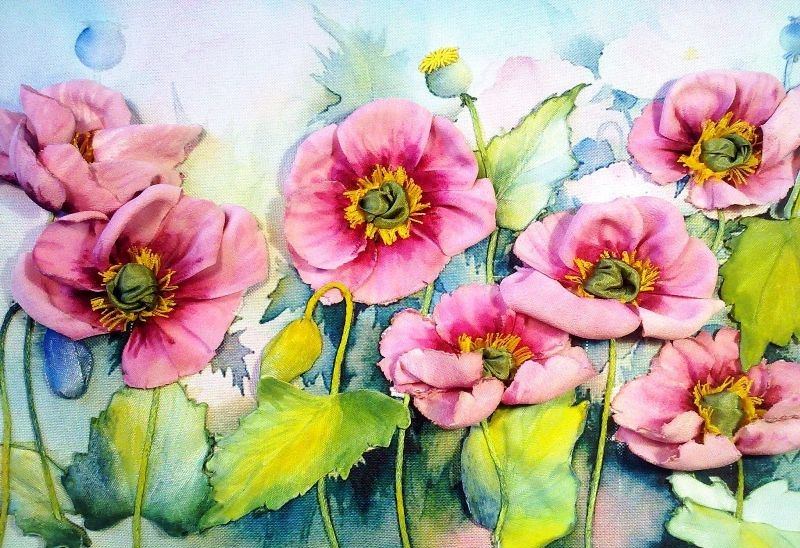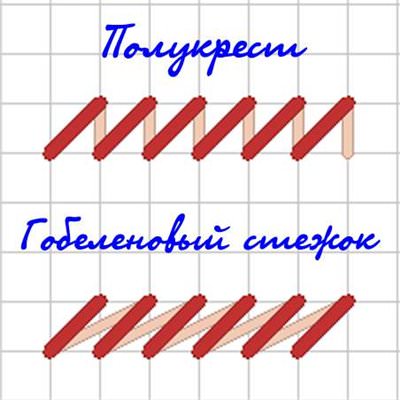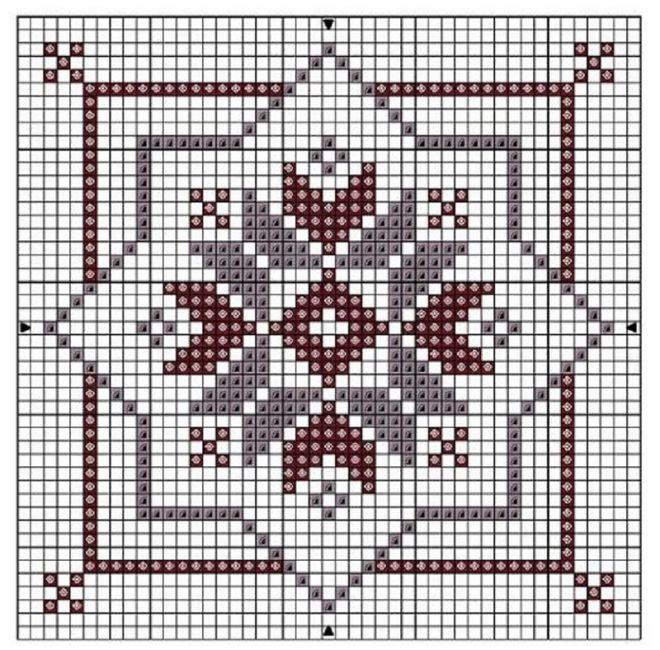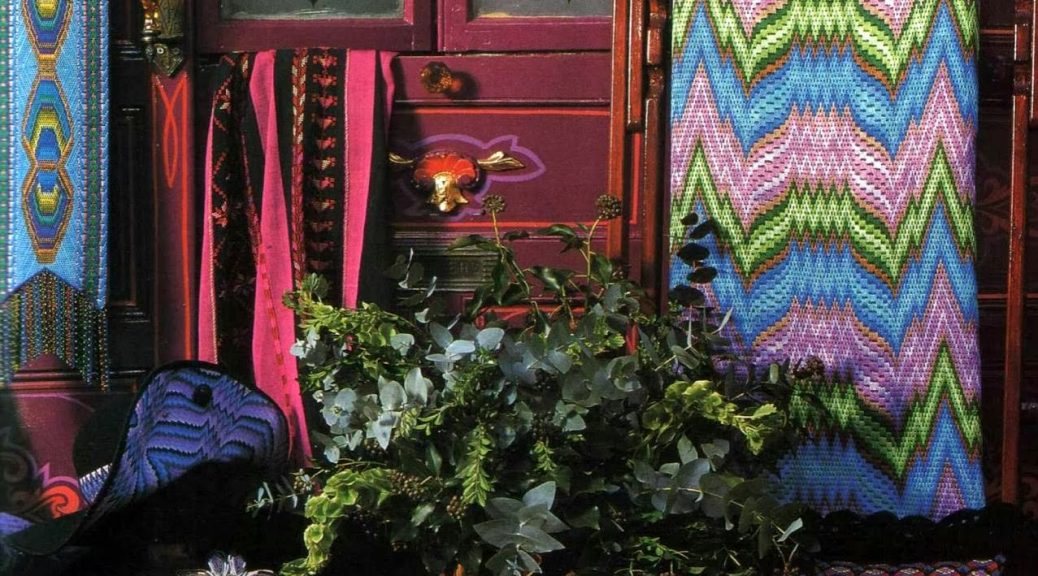
Bargello: Florentine embroidery technique (photo and video)
Content
- Technique of Florentine burgello embroidery (bargello)
- Patterns of burgello embroidery (bargello)
- Master Class
- Threads for embroidery technique Bargello
- A bit of history
- Video: bargello technique
The magnificence of this embroidery goes back to medieval Europe. This name was at the main building of Florence. The correct spelling in Italian looks like Bargello.
While contemplating the bargello embroidery in all its splendor, it's hard to believe that all this luxury is obtained by performing simple stitches with a simple technique.
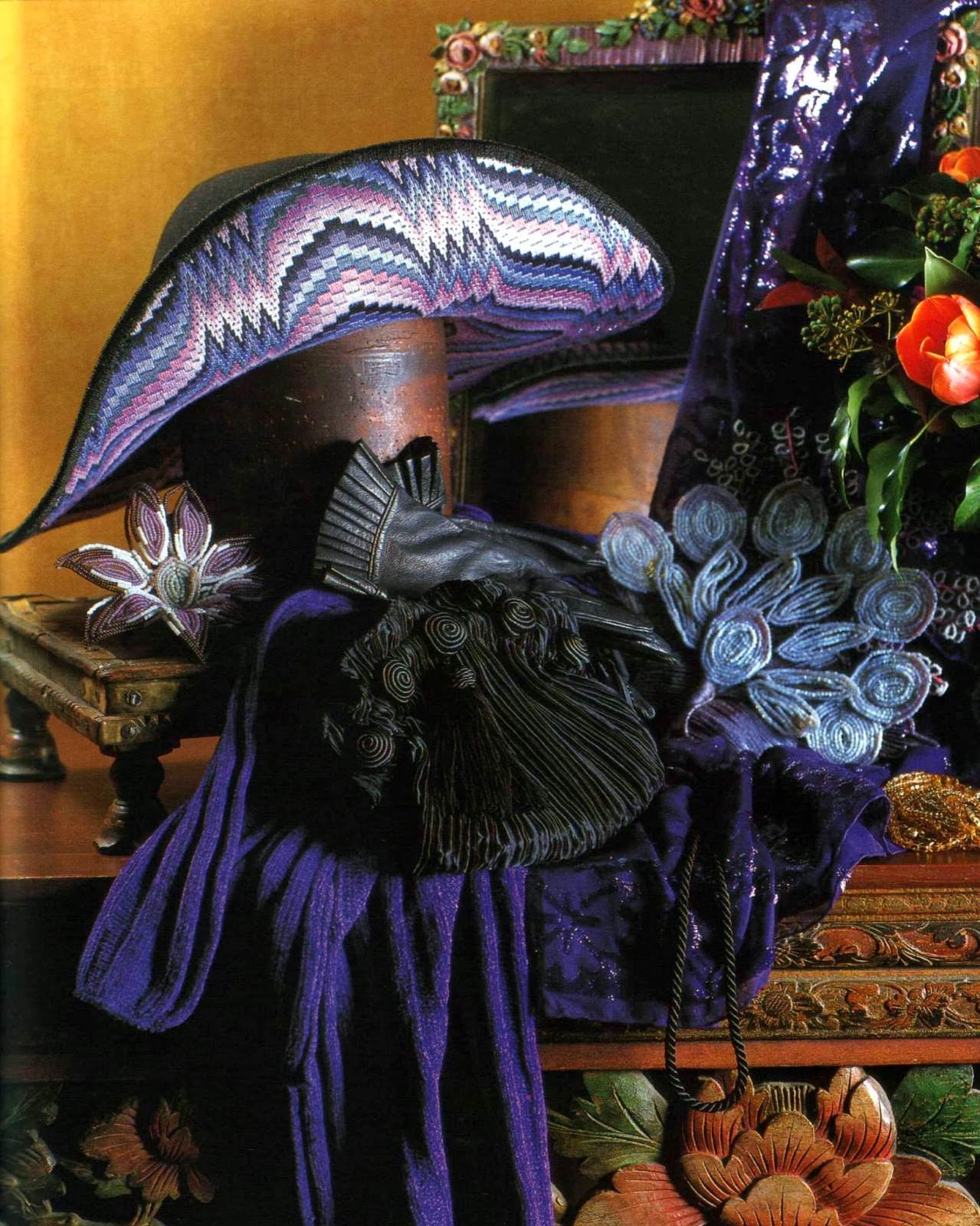
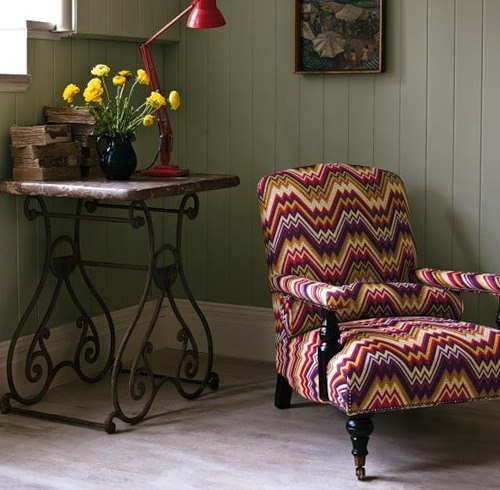
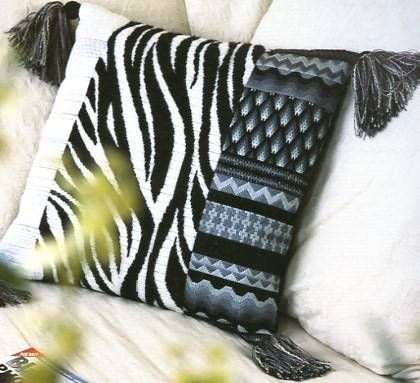
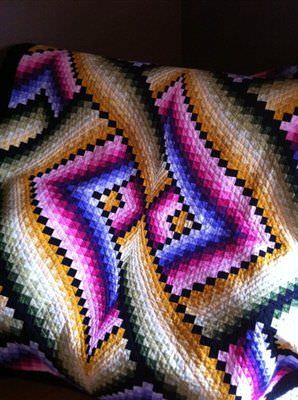
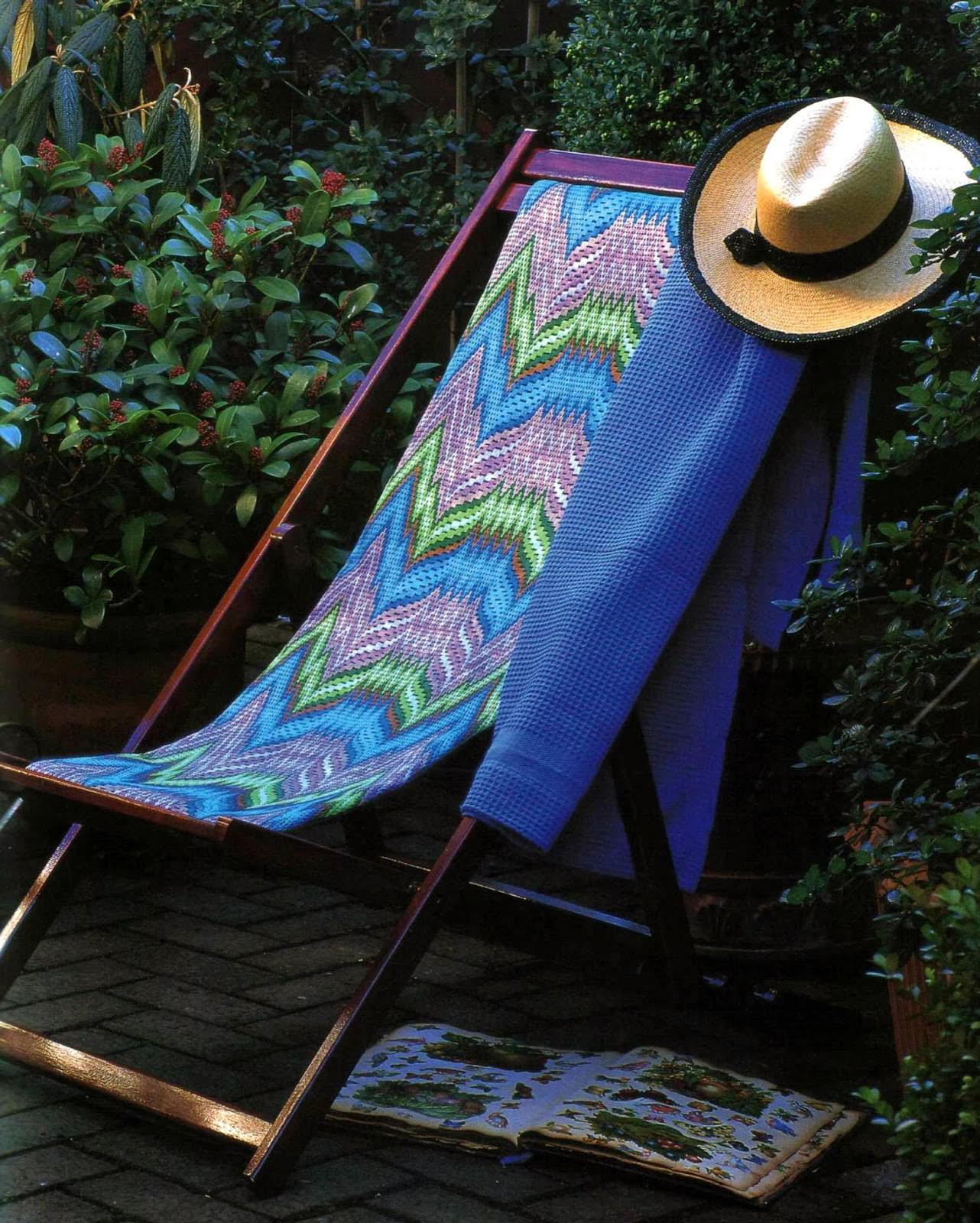
Technique of Florentine burgello embroidery (bargello)
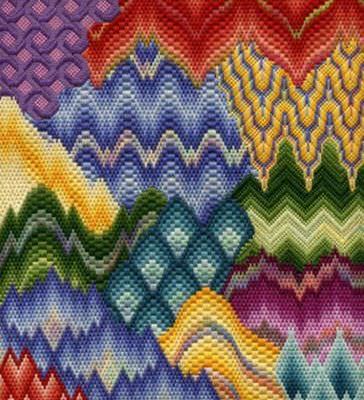
Bargello (bargello) has a complex history, butIts technique is extremely simple. It is called countable, since it performs counting of threads. According to the old tradition, only a vertical stitch is used, the length of which can vary during work, which gives it a special and unusual look. Florentine burgello embroidery (bargello) is famous for its bright colors. In this case, for each color is taken several of its shades, located one after another with increasing or decreasing brightness. So Florentine embroidery with an unusual name bargello (bargello) acquires its multicolored and bright original coloring. Patterns get an extraordinary bulge and depth, a game of light and shadow.
Patterns of burgello embroidery (bargello)
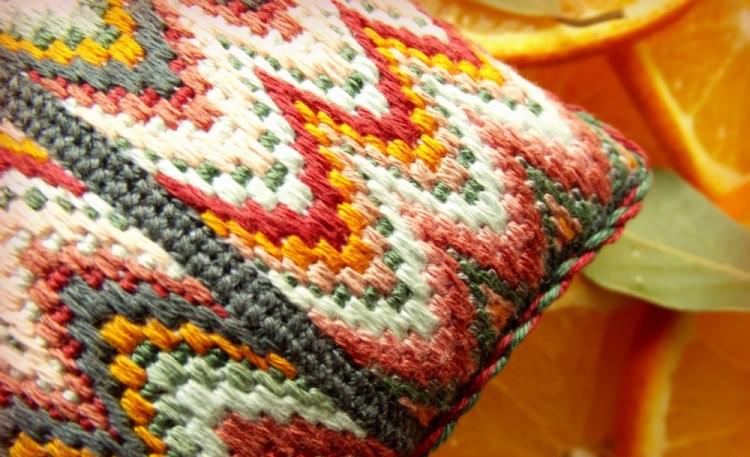
"Flame" Traditional motif of embroidery under the nameWe have already considered the "flame" earlier. In addition, there are other topics, such as the fruit of pomegranate and cloves. The theme of the pomegranate was popular in the Middle Ages. The pattern of "carnation" is also famous and gorgeous, like a pomegranate fruit. Carnation symbolism in the Middle Ages was such that it meant love and marriage. That's why the tinkers from Florence wanted to have a carnation on their canvases. So Florentine burgello embroidery (bargello) acquired a white, pink, red and yellow carnations. Each color symbolizes different events and things.
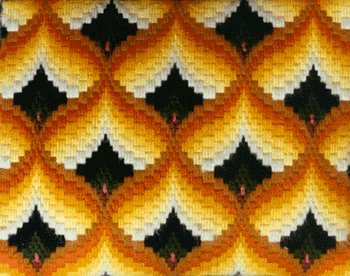
"Granat" If you think about it, you can conclude,That burgello embroidery resembles a tapestry. It is commonly believed that it was precisely from this that the technique of embroidery of tapestries went. In the Middle Ages, they decorated the interiors of the most distinguished and wealthy houses. There are other types of bargello patterns:
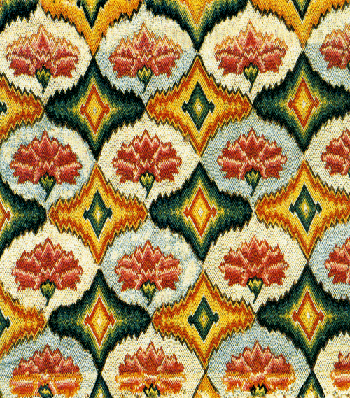
Pattern "Carnation" 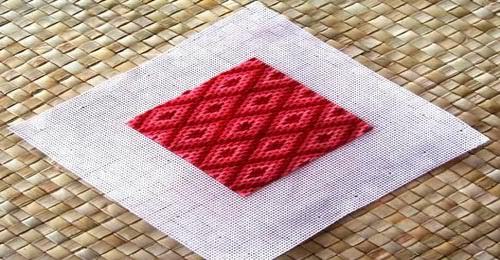
Pattern "Diamond" (Diamond) 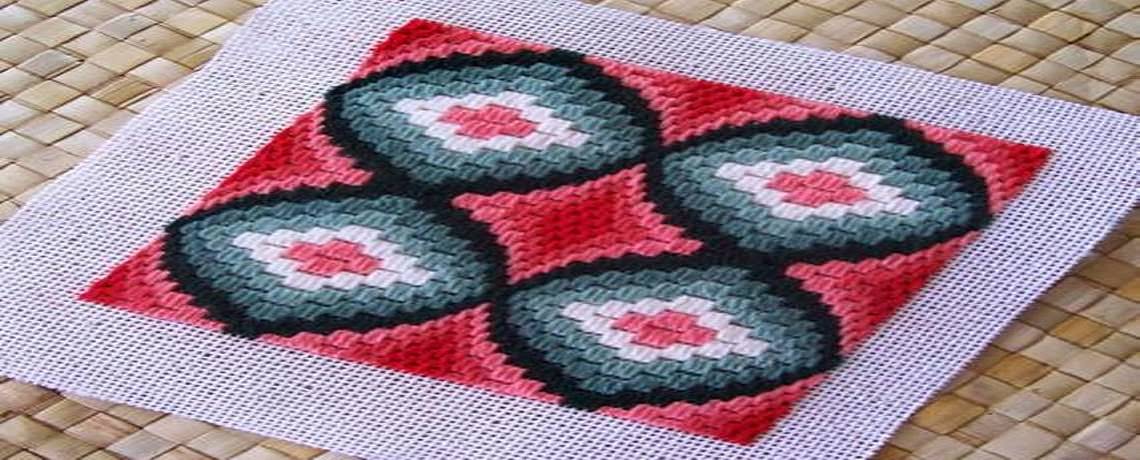
Pattern "Medallion" 
Pattern "Wavy ribbons" 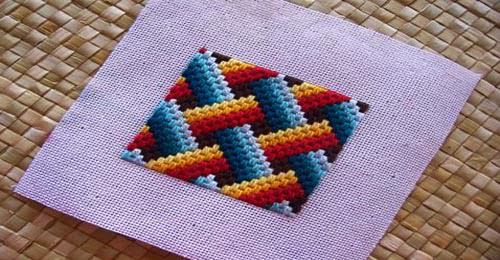
Pattern "Weaving" 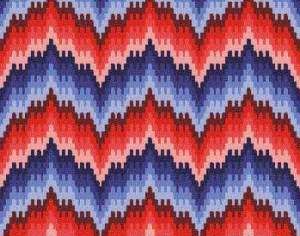
The Northern Lights pattern 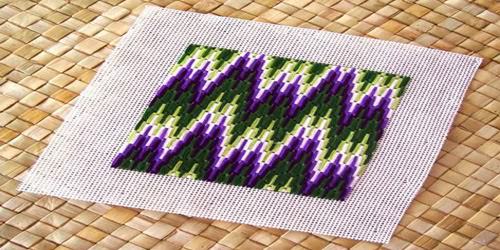
The pattern "Mirror" 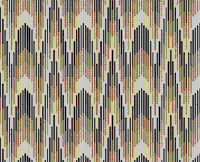
The "Cathedral" pattern On our website you can find patterns of burgello embroidery patterns (bargello).
Schemes exist for each pattern of each type of embroidery. To perform burgello embroidery (bargello), there are also schemes that are not particularly complicated.
Master Class
To better understand the necessaryMaterial and technique of bargello embroidery, we will conduct a master class, which consists in making a heart with the help of bargello technique, or countable smoothness.
Master class, tools and materials
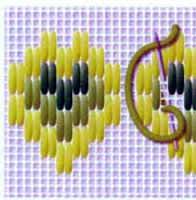
Technique of Florentine sewing by Bargello (bargello)Is countable and similar to embroidery "flooring", that is, has parallel stitches of the same or different lengths. Overflows of colors are created due to a gradual change in the tonality of the color. For work, we need to take a thread 50 cm long. We thread this thread into a needle in two pieces. In the left edge of the plastic mold, make the first stitch vertically from the bottom up, while letting 2 cells of the canvas. Thus, the stitch will be equal to the step of 4 cells.
We retreat to the right and rise 1 step higher,Keep the step in 4 cells. Next, embroider stitches parallel to the previous one, but up one square and to the right of one horizontal cage. It seems that the stitches go up the stairs. In the same way do 5 vertical stitches, after which the thread is fixed on the inside of the product. The tail of the thread is fastened under threads of weaving.
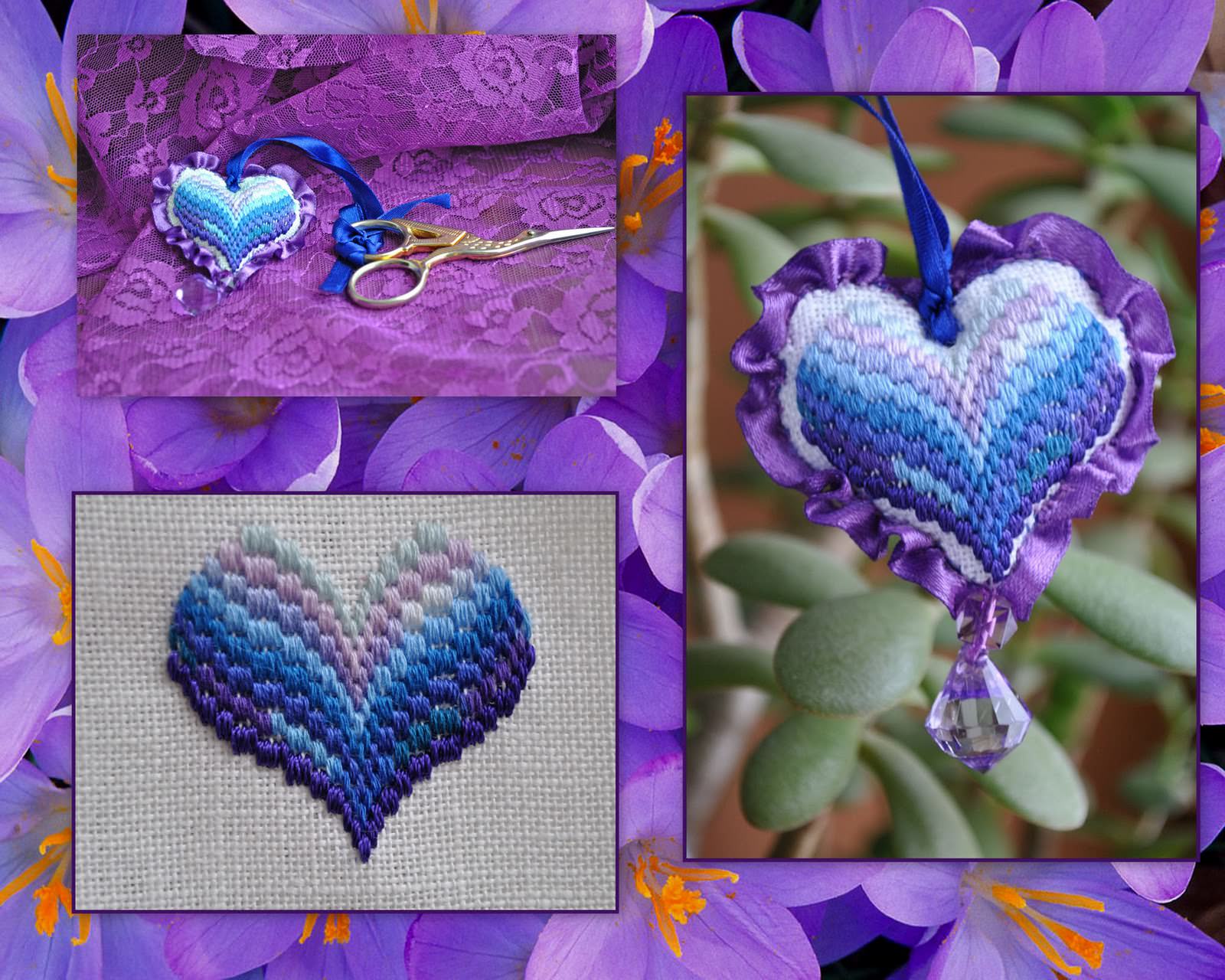
The next step is that we mustPerform 4 stitches in the direction down, which is a total of 9 vertical stitches. Now we continue our Bargello embroidery, stepping back to the right, and repeating the previous stitch exactly. We got the middle of the product. Then we repeat the drawing of Bargello again. Let's retreat to the right and rise 1 step above the first stitch, keeping the step in 4 cells. The subsequent stitches are made parallel to the previous one, retreating one cell to the right and one cell above it. We will repeat the procedure of lifting and descent from the hill. Now fix the thread from the wrong side. We fill the thread under the last 2 stitches and cut off the ends with scissors.
Thus, the first series of work is completed. The main direction of burgello embroidery is set. Now change the thread to a different color, to achieve the maximum color effect. We will fix it and continue our work, observing the necessary direction of the thread. The second row is also started on the left side of the plastic blank. In doing so, we must repeat exactly the drawing of the first row. All other rows are repeated, only the thread color changes. Rows at the top and bottom will do, leaning and using the edges of the plastic workpiece. At the end of work, it is necessary to sew the edge of the product with a "looped" seam. For the final design, you only need to attach to the inside of the decor elements. Now our heart, made in the technique of Bargello embroidery, can be considered complete.
Threads for embroidery technique Bargello
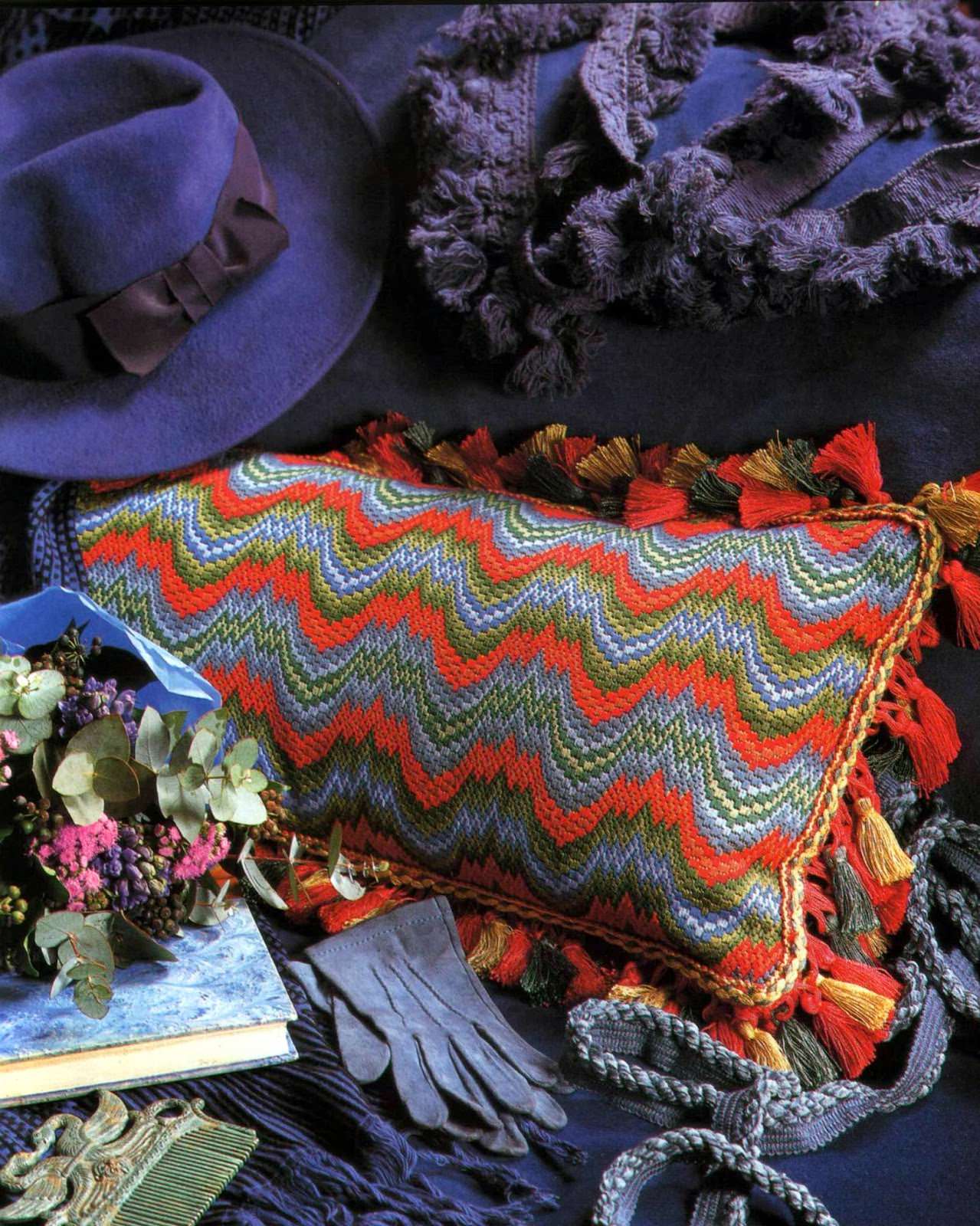
In the Middle Ages for the Florentine embroideryAlmost exclusively used woolen threads, but over time, the masters began to use also silk threads. Modern embroiderers do not miss the opportunity to work with any thread. It's wool, silk, mulina and even ribbons. Everything depends on personal preferences and fantasy. The most important thing is that the canvas or canvas is filled with threads without lumens. This is the main condition of the Florentine embroidery, and it makes it exactly like a valuable tapestry.
Florentine embroidery can be used forOrder to decorate clothes, jewelry and accessories, bags, paintings, home interior items. Such, for example, as napkins, towels, bedspreads, lampshades and pillows. The application of Bargello embroidery is very wide because its beauty and splendor are inimitable and irreplaceable. It is impossible to tear your eyes from the bright fire patterns that remind you of old tapestries, a fairy-tale country, or magnificent paradise gardens. For this reason, Bargello's embroidery is worth exploring and mastering the technique of its implementation. I wish you success in this noble occupation.
A bit of history
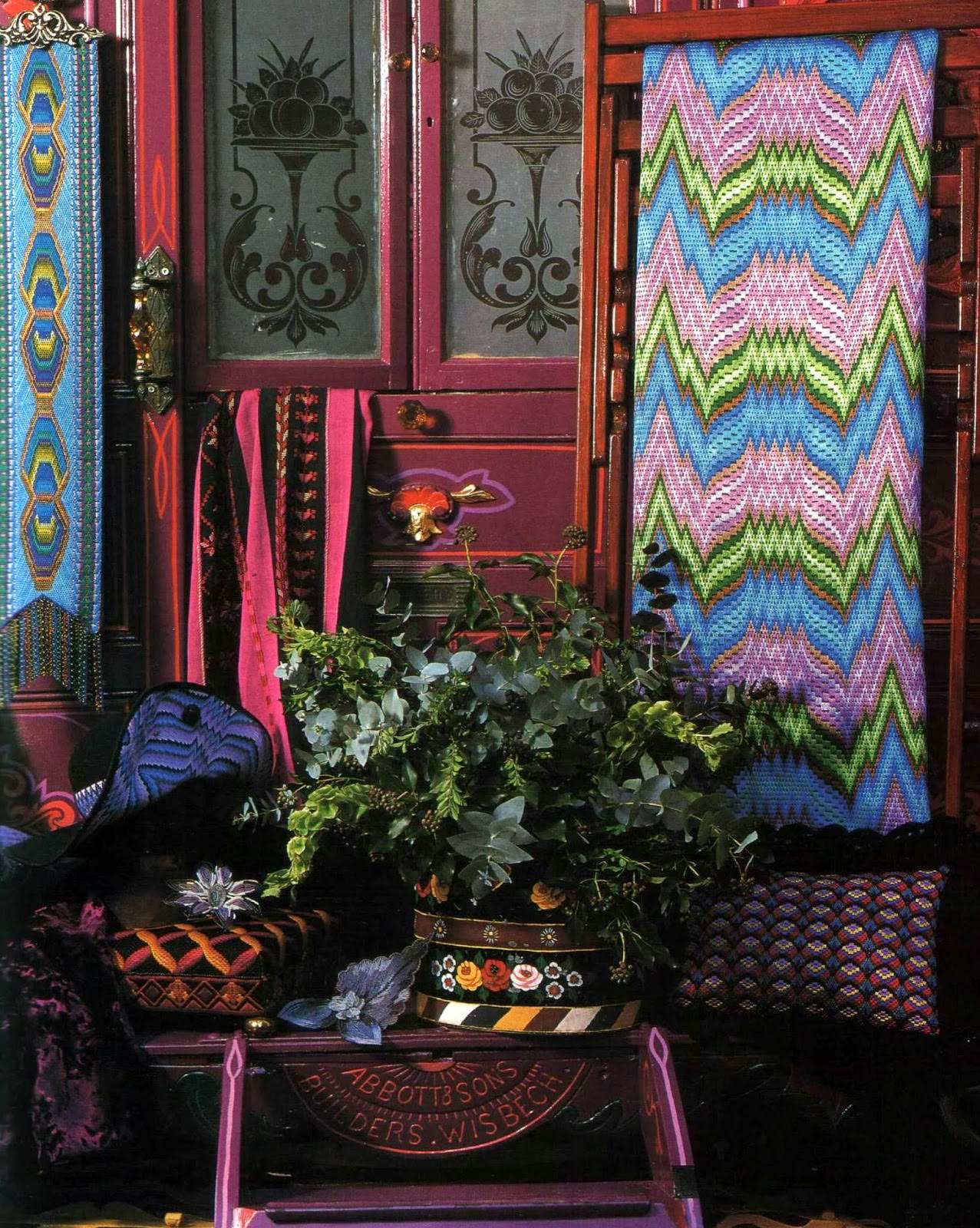
Florentine women of fashion did not like embroidery,Which so strongly resembled the eastern fabric, imported in those days to Italy and incredibly popular. This embroidery was also called the "Florentine stitch". There is one more name that sounds like "Hungarian embroidery". Under this name, she was known in Holland in the 17th century. It was believed that the technique came from Hungary. In the castle of the Hungarian princes by the name of Jadwige, many specimens were made in this technique, dating back to around 1380. Dowry princess of this kind, who married the heir to the Medici family, was brought to Florence. Gorgeous embroidery struck the imagination of court fashionable women, who very soon began to give her away.
This Italian embroidery has a very originalA drawing similar to the tongues of fire. Very often they speak of it as a torch, or a fire flame. Florentine embroidery can have an acute-angled shape, but often it looks like smooth waves. After a long period of almost oblivion, the Florentine embroidery again became popular in the twentieth century. This happened in 70 years of the last century, as a result of which was invented a new technique bargello (bargello). This is the "style of the four directions." The general appearance resembles kaleidoscopic patterns. The motifs of these patterns are divided into squares, each of which in turn is divided into 4 parts diagonally. In the resulting triangles, the direction of the stitches is changed by 90 degrees. The pattern of such a bargello has the effect of an iridescent wave. (Photo technique style four directions).
Video: bargello technique
